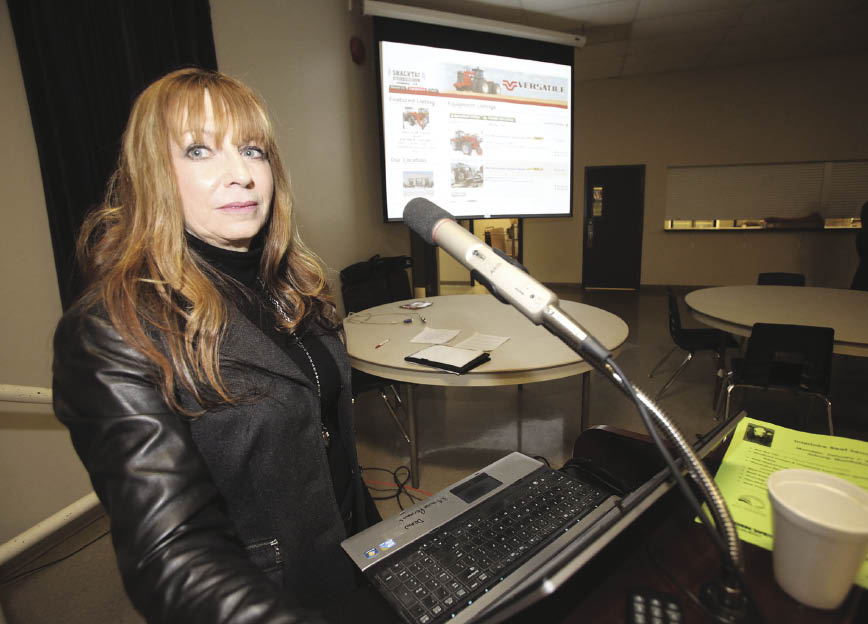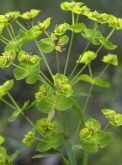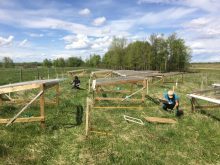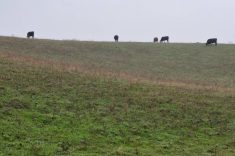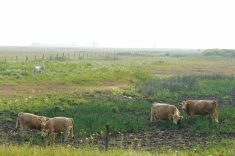It’s about more than providing livestock with nutritious feed and forage.
Properly maintained grasslands can also contribute to society’s understanding of the work farmers do, as well as play a valuable role in conservation efforts, says Wanda McFayden, executive director of the Manitoba Forage & Grassland Association.
The organization changed its name last summer to include the word grassland, and is now looking at other methods of emphasizing the importance of pasture land in Manitoba.
“When you think grasslands, you tend to think not just the field of alfalfa — it’s more expansive. So our role is to look at how to assist people — and it’s not just the larger producer, it’s also for the individual who maybe has 10 or 20 acres of grassland,” McFayden told producers during a recent Beef and Forage week presentation. “We want to help them with best management practices, whether it be weed control or any other issue.”
Read Also

Pig transport stress costs pork sector
Popular livestock trailer designs also increase pig stress during transportation, hitting at meat quality, animal welfare and farm profit, Agriculture and Agri-Food Canada researcher says
Forage and grasslands account for one-third of the total agricultural land in the province, roughly 5.9 million acres. And of that, nearly half is comprised of pasture land.
Manitoba forage and grassland contributes nearly $1 billion in economic value to the province. But McFayden said generating interest in grasslands, native hay and other types of pasture is about more than economics. She said the association’s mission statement and goals have also been updated to reflect a broader mandate.
“From a public or social point of view this is a way to create a better understanding of what farmers do, and also a way of promoting the fact that we are good stewards of the land,” she said. “We do look after our forages and we do look after our grasslands, and that has important societal benefits, as well as environmental benefits.”
To that end, the association will be working with several companies on restoration projects aimed at restoring localized environments with grasslands.
“We’re just sort of finding our way there and looking at various windows of opportunity,” said McFayden, who assumed the position last fall. She added that the association will also continue its work on research and extension projects.
“Your grasslands are your pastures areas, so that becomes very important for producers from a management perspective,” McFayden said. “And we want to help producers manage grasslands for high productivity, as well as to get the best gain and leave the grass in the best and most optimal conditions.”





